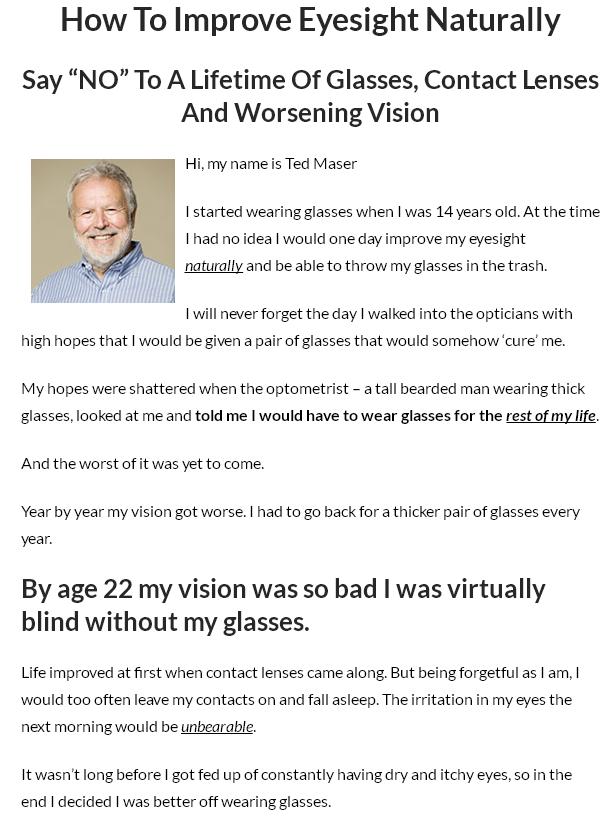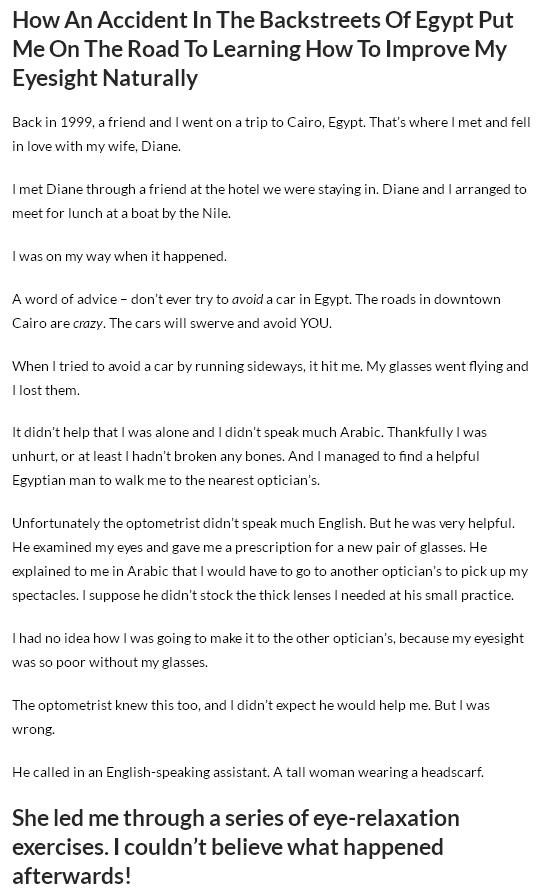Lasik eye surgery is a type of surgery that can be performed on eyes to correct problems and help a person improve their sight. There are a few different types of laser eye surgery available but Lasik is the most simple, the most common and is the one used to correct many of the serious but non-sight threatening conditions. The surgery takes just a few minutes and involves using lasers to make a surface incision in order to reshape the part of the cornea beneath (the stroma). It is particularly good for those with an irregular shaped cornea. The lasers can be used to reshape the cornea and correct its refraction. The full name of this specific part of the procedure is keratomileusis. Lasik is an abbreviation of the surgical procedure on the cornea – Laser-assisted In Situ Keratomileusis. Aside from correcting irregular shaped corneas, Lasik surgery is also good for correcting myopia (short-sightedness) and other common problems that are a result of poor refraction in the cornea.
The concept of laser eye surgery was first developed in the 1970’s, but it was made a reality in 1990 by Dr. Ioannis Pallikaris of Greece and Dr. Lucio Buratto of Italy. It is now used above all other eye surgeries as it has improved accuracy and there are fewer complications and risks than other techniques.
There are two stages to the surgery itself. During the pre-op stage the surgeon makes preparations by deciding the amount of tissue in the flap to be created in the cornea and the location of it. The patient is administered a dose of anesthetic usually in an eye drop form. This means the patient feels absolutely nothing whilst the surgery is being carried out. They are also given an anti-biotic which prevents the chance of the eye becoming infected post-surgery. During the operation, an incision is made to lift a flap in the cornea as planned earlier by the surgeon. Then lasers are used on the stroma which has now been revealed to realign and correct its refraction. The eye is tracked by a computer throughout this process so that if something is going wrong or is not working correctly then the surgeons know instantly.
Although Lasik is the most common type of eye surgery used today across the world, there are variations of it. Laser Epithelial Keratomileusisor or Lasek surgery is appropriate for those with thin corneas who wouldn’t be able to undergo Lasik surgery. This type of surgery works in the same way as described above – lasers are used to reshape the cornea and help people with mostly non-serious conditions improve their sight. Glasses and contact wearers may be able to throw away their glasses for good post surgery! There are just as few risks involved as with Lasik surgery and it is just a few days for the patient to recover and get back to their normal, everyday life.
Refractive Lens Exchange (RLE) is another common and effective procedure for correcting vision, and this involves replacing a hardened or deficient lens in the eye with an artificial one. This can correct long and short sightedness and although does not use lasers in the way outlined above is equally as effective and has long lasting results.
Eye treatments and ophthalmology in general has seriously advanced over the past few years. Nowadays, non-threatening to very serious conditions can be treated and cured for everyone. There are a few different procedures available, including lasik eye surgery that reshapes the cornea, and refractive surgery that enables the lens of the eye to be replaced. Refractive surgery is an effective cataracts surgery and is often used for this purpose. The procedures are quick and extremely safe so if you would like to learn more you should visit your doctor or your local eye hospital today.
Kathryn Dawson writes articles for Immaculate about specialist eye treatments such as lasik eye surgery and cataracts surgery in the UK. Advanced eye treatments such as refractive surgery are now widely available.
More Lasik Eye Surgery Cost Articles



